If you are a gardener who finds it tough to remember to water your indoor plants, then growing succulents might be a great choice for you.
They’re not only through-resistant, but they’re easy to care for in all other regards, too. Plus, you can start a new succulent garden for very little money. You don't have to spend a fortune to buy new plants because you can create a whole assortment of succulents with the plants you already have growing.
In a process known as propagation, you can easily produce new plants from leaves and cuttings. Here are some tips for propagating succulents so that you can get started with this unique hobby today.
What is Propagation?
Before you can get started propagating succulents, it’s important to understand what propagation actually means.
This is the act of using pieces of an existing plant to grow new plants. While not all plants can produce new growth in this fashion, most succulents can. However, you can also propagate plants like most herbs and even hydrangeas.
With succulents, you’ll usually take cuttings of leaves and start them in a soil medium. You can sometimes propagate plants while the piece of the plant is still attached to the mother plant (this is the case with air layering in some large plants), but it’s not a common process with succulents.
1. Start With the Right Succulents
When it comes to propagation, not all succulents are made alike. There are dozens of species of succulents out there and they differ in difficulty when it comes to propagating them. Some of the easiest to grow include Mother of Thousands (Kalanchoe daigremontiana), Burro’s Tail (Sedum morganianum), and Sedum rubrotinctum.
Some other succulents to consider include:
Plush Plant (Echeveria harmsii)
Painted Lady (Echeveria derenbergii Sencio “Firestorm”)
Senecio Vitalis
Graptosedum “Vera Higgins”
Sedum treleasei
Crassula Capitella
Graptopetalum Paraguayense
As a beginner, it’s recommended that you start with easier succulents first before trying your hand at more difficult cultivars. Sometimes, leaves will fall off on their own for these plants and you’ll be able to go through a whole propagation process without having to worry about accidentally cutting off more leaves than you need.
2. Be Patient
Propagation is a rewarding and cost-effective way to start a new garden, but it’s not for the impatient! It can take up to six weeks for leaf cuttings to root, so you’ll need to keep an eye on your plants until this happens. Don’t rush things - it will happen!
3. Don’t Forget to Water
A common misconception that people have about succulents is that they don’t have to be watered - at all. You need to begin watering your succulent (it is still a plant, after all!) as soon as the leaves’ tips have begun to harden. This happens at a different rate for all different kinds of succulents, so you’ll need to keep an eye on your plants to figure out the ideal time.If you water your plants and they haven’t fully hardened, it can cause the tips to become yellow and mushy. Usually, you’ll want to spritz leaves once a day with a bit of water. This will be just enough to keep the leaves hydrated but not so much that it will cause them to rot.
4. Avoid Direct Sunlight
Your plants need some sunlight, but not direct sunlight. Once your succulents are mature, they can be placed in direct sunlight for most of the day, but during propagation, they need to remain in a window that receives some shade. After the new plant has grown, you can place it in direct sunlight.5. Air Dry First
Before you put your cutting or leaf in soil, make sure you let it dry out first. Some people jump to the plating process immediately after taking the cutting, but it’s important to remember that succulents will store water in the leaf area and will rot if you put them in soil too soon.6. Be Wary of Water Propagation
There are many kinds of plants, like celery, that can be propagated in water. Succulents don’t fall into this category. Some people are able to root succulents in water, but this is not common because succulents store water in their leaves. That’s the main attraction of growing succulents, after all - you don’t have to water them that often. Overwatering can become an issue quickly, and rooting new plants in water falls into the same category.7. Callous the Leaves
Before you plant, be sure you allow the leaves’ tips to callous over. This will protect the stem cuttings and leaves from rotting when they are placed in the soil. It can take a few days or a couple of weeks, but make sure you get the entire leaf and don’t break it in half when you’re trying to get it to root.8. Use the Right Soil
Another tip for propagating succulents is to use the right soil. A good option is a well-draining potting soil that’s specifically designed for succulents, such as an organic cactus and succulent soil. You could also use a handful of perlite or sand mixed into regular potting soil, which will provide adequate drainage along with all the nutrients your succulents need.You don’t need to use a rooting powder or hormone, but it can help.
9. Consider Using Stem Cuttings
Most people root their new succulents from leaves, but you can also root new plants with stem cuttings. This is an effective strategy especially if you have plants that tend to grow long and leggy from being indoors and receiving inadequate amounts of sunlight. The plants will stretch for the light, growing too tall rather than compact.If you decide to make a stem cutting, you will just need to cut the top section of the plant and allow it to callous over before planting. New roots will grow and they will be a more normal size.
10. Grow from Offsets
Not all succulents produce offsets, but if they do, you’ll find this is the fastest and most effective way to get new plants. Most offsets will already have new roots growing. In that case, all you need to do is separate the baby from the mother plant and pot it into its own container. Water lightly and roots will begin to grow more vigorously. A few types of plants that this strategy works wonderfully with are hens and chicks and other stonecrop succulents.This technique is often referred to as plantlet removal or division, too.
11. Try Root Separation
You can also try root separation to propagate new plants. To do this, dig up an entire plant and gently pry the roots apart. Pick up each clump. Those that have been divided can be planted in the soil immediately.12. Provide Some Water and Fertilize - Only Once They’re Growing
Once your plants are off to the races, there’s not much you’ll need to do to care for them. Water sparingly while they are getting acclimated, and once growth begins to pick up, you can apply a succulent or cactus food. Administer according to the manufacturer’s instructions.Practice Makes Perfect When It Comes to Propagation
When you are propagating new plants, the most important thing to remember is that you probably aren’t going to get it right on the first try. You need to practice! Even expert gardeners very rarely have a 10)% success rate when they propagate new plants, so if at first, you don’t succeed, try, try again!Knowing how to propagate succulents is a skill that many gardeners wish to acquire. Follow the tips above, and you’ll have a glorious array of succulents in no time.







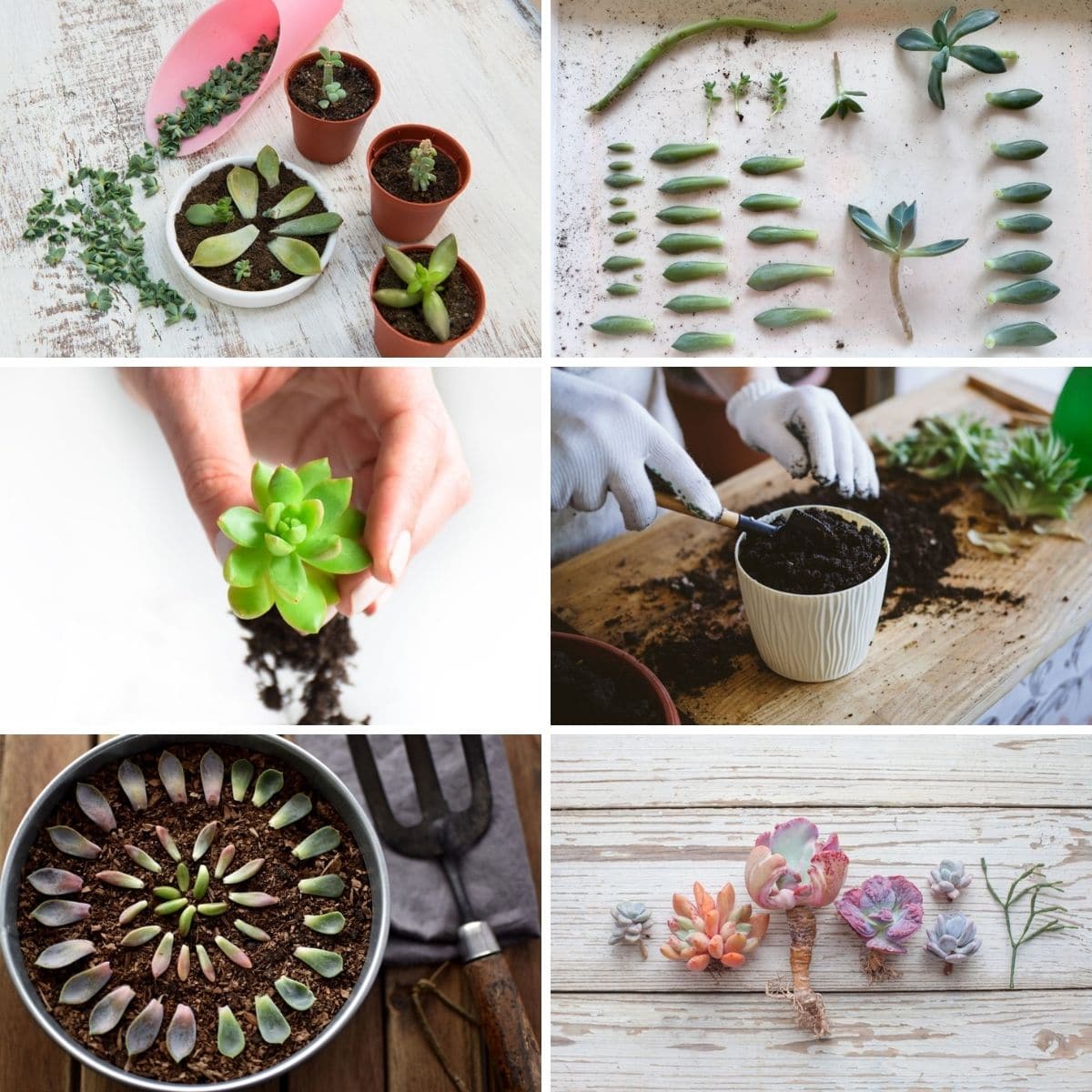
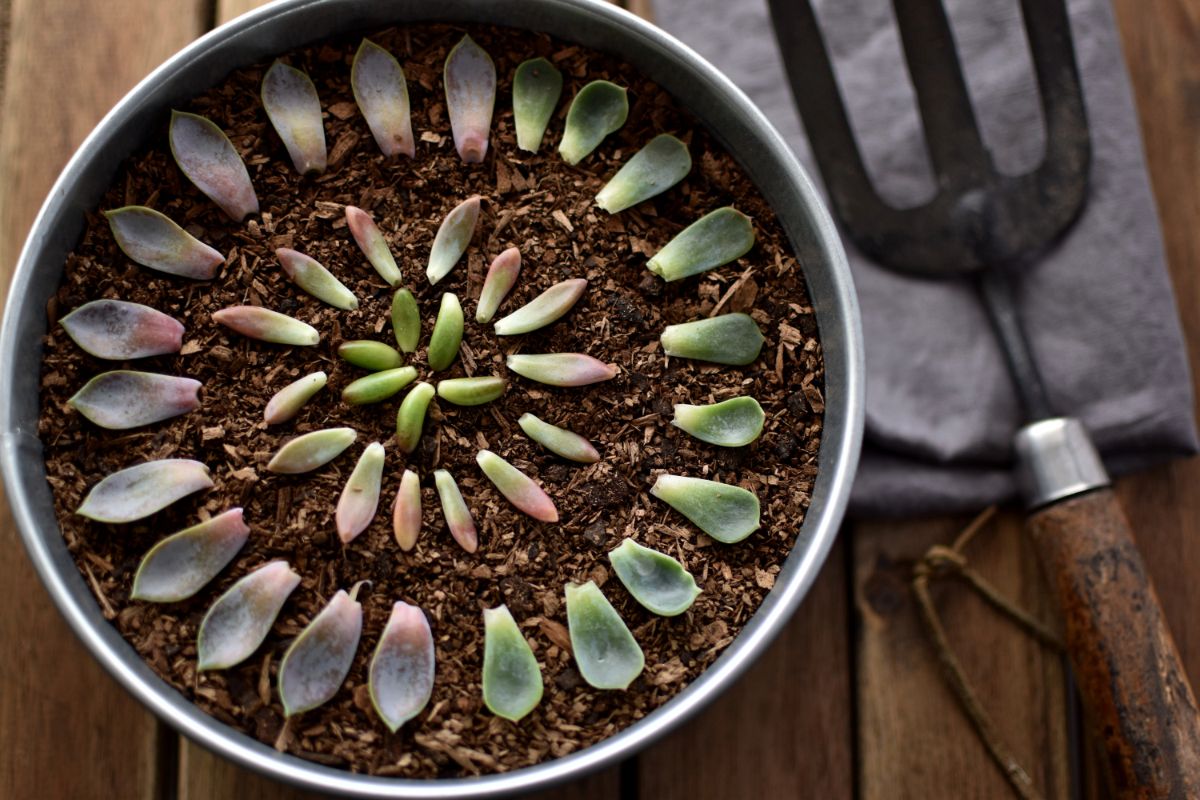
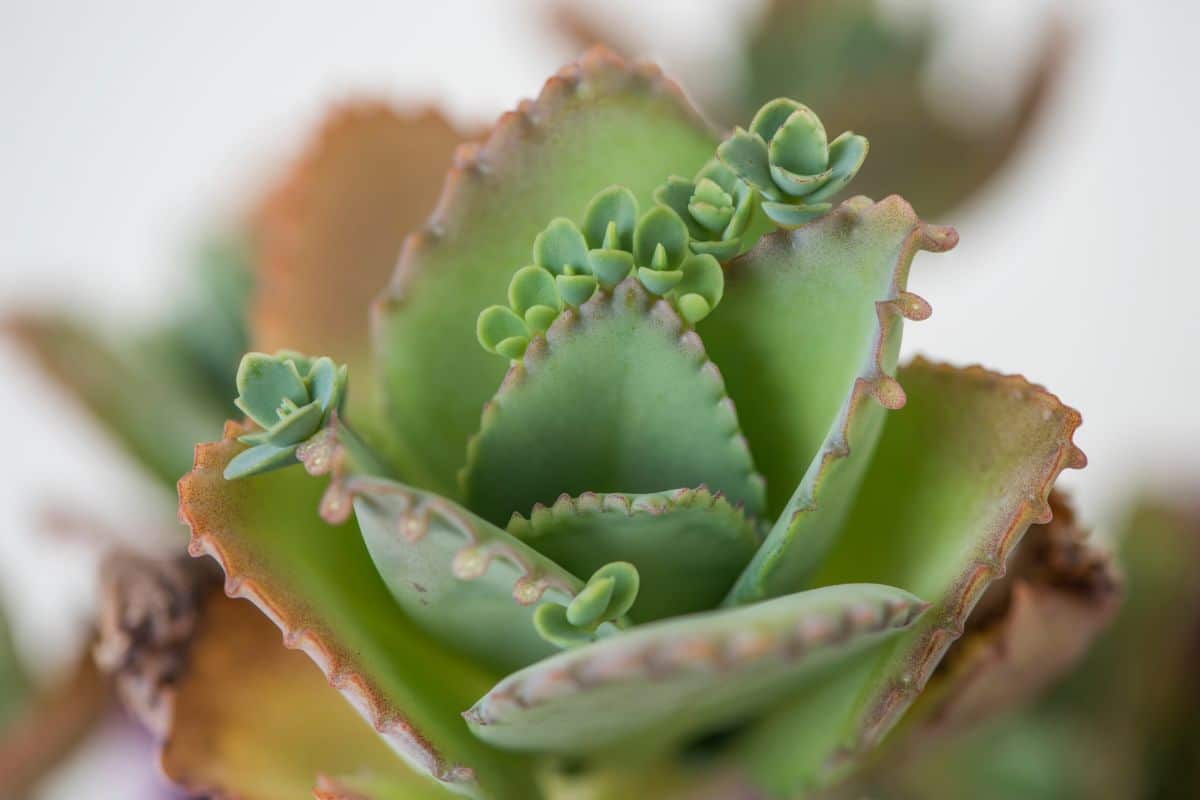
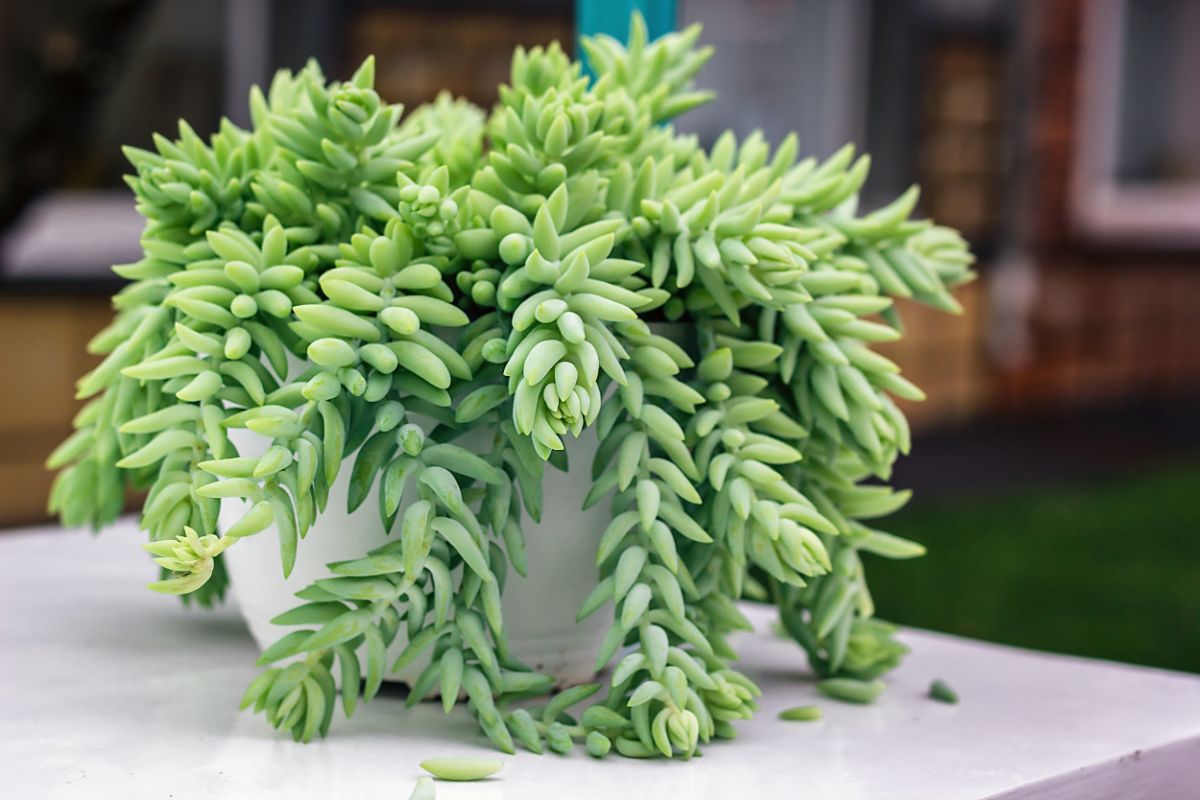
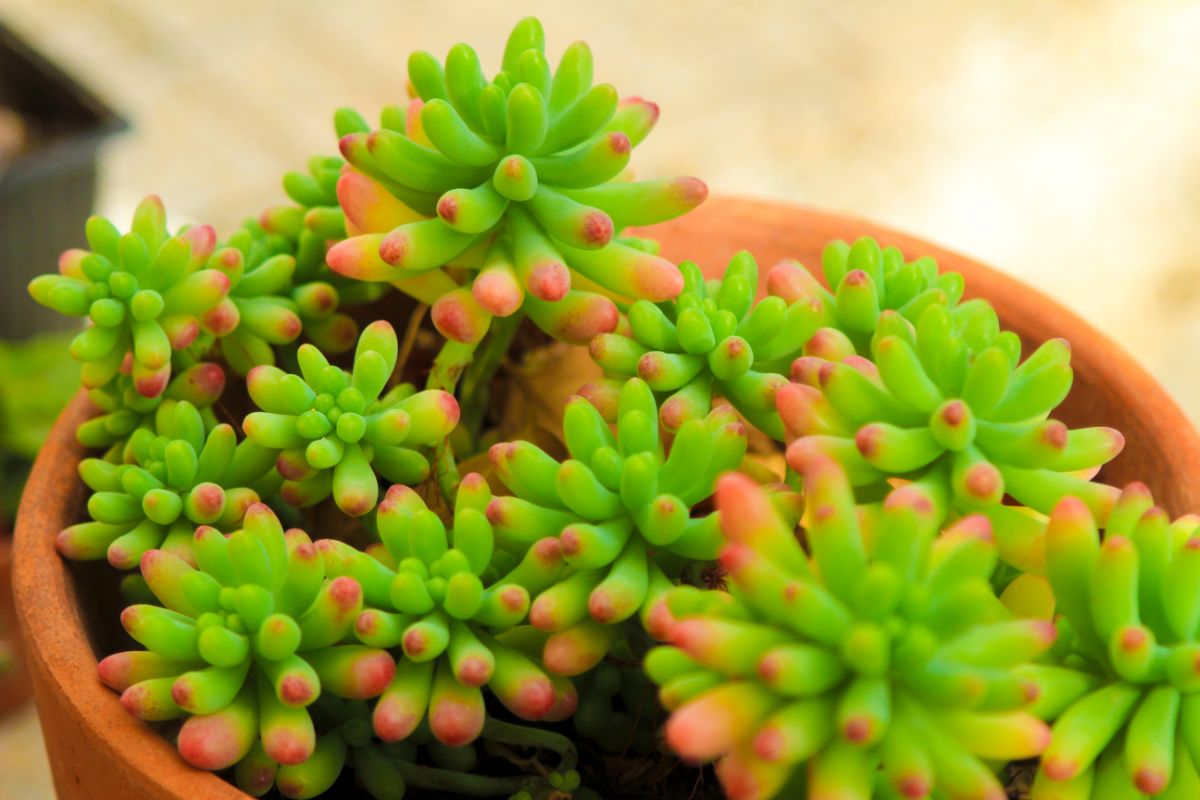
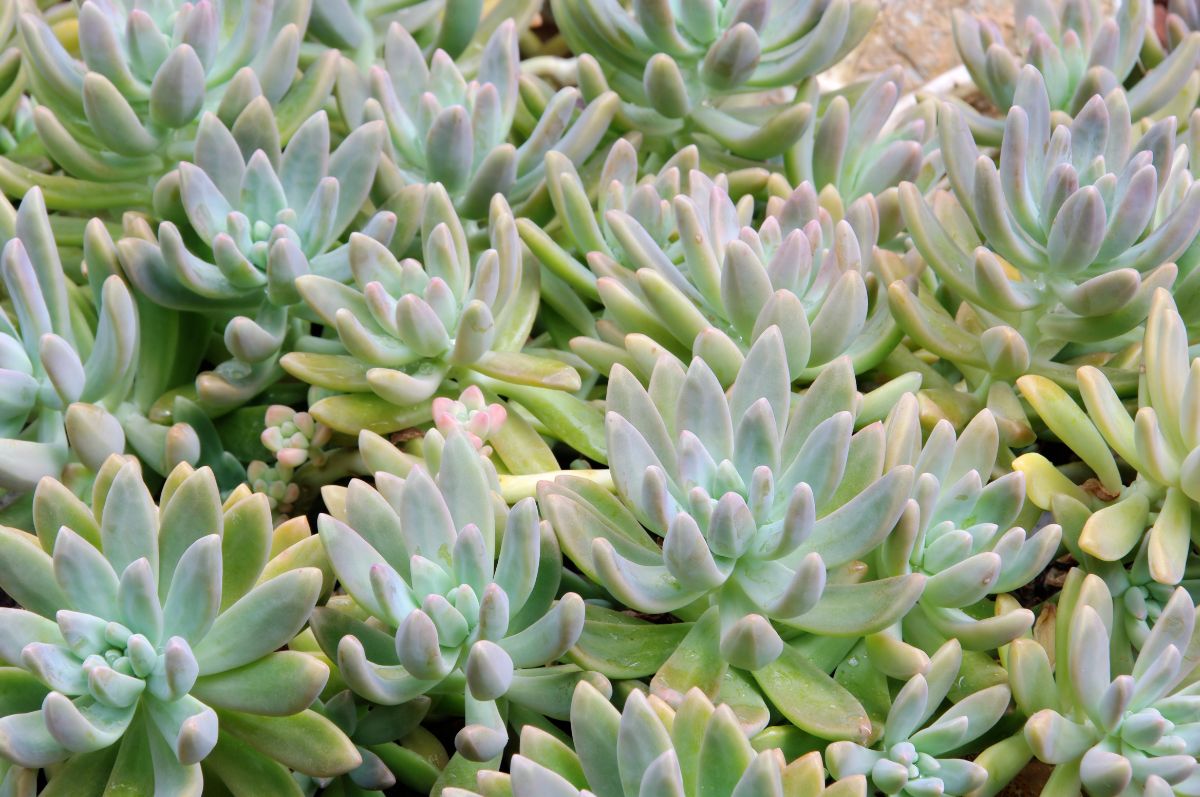
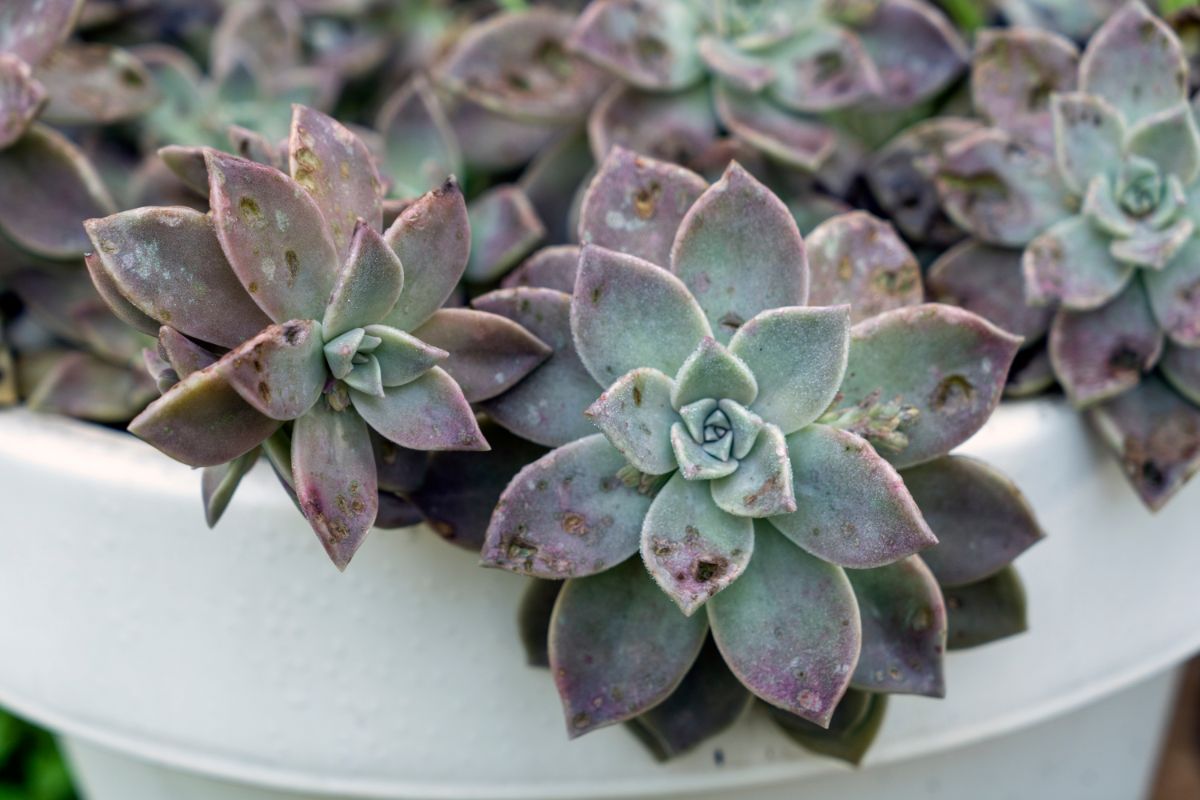
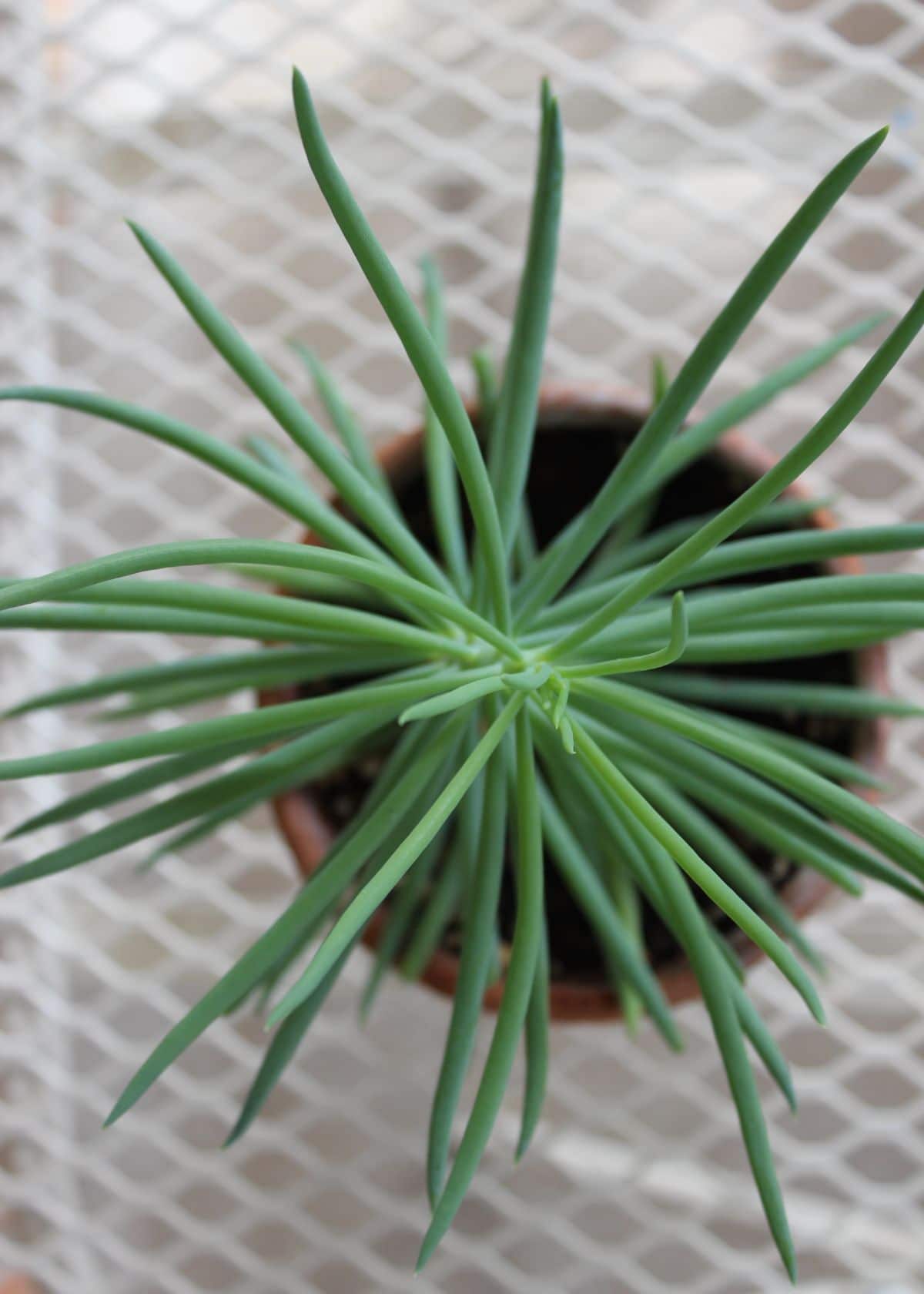
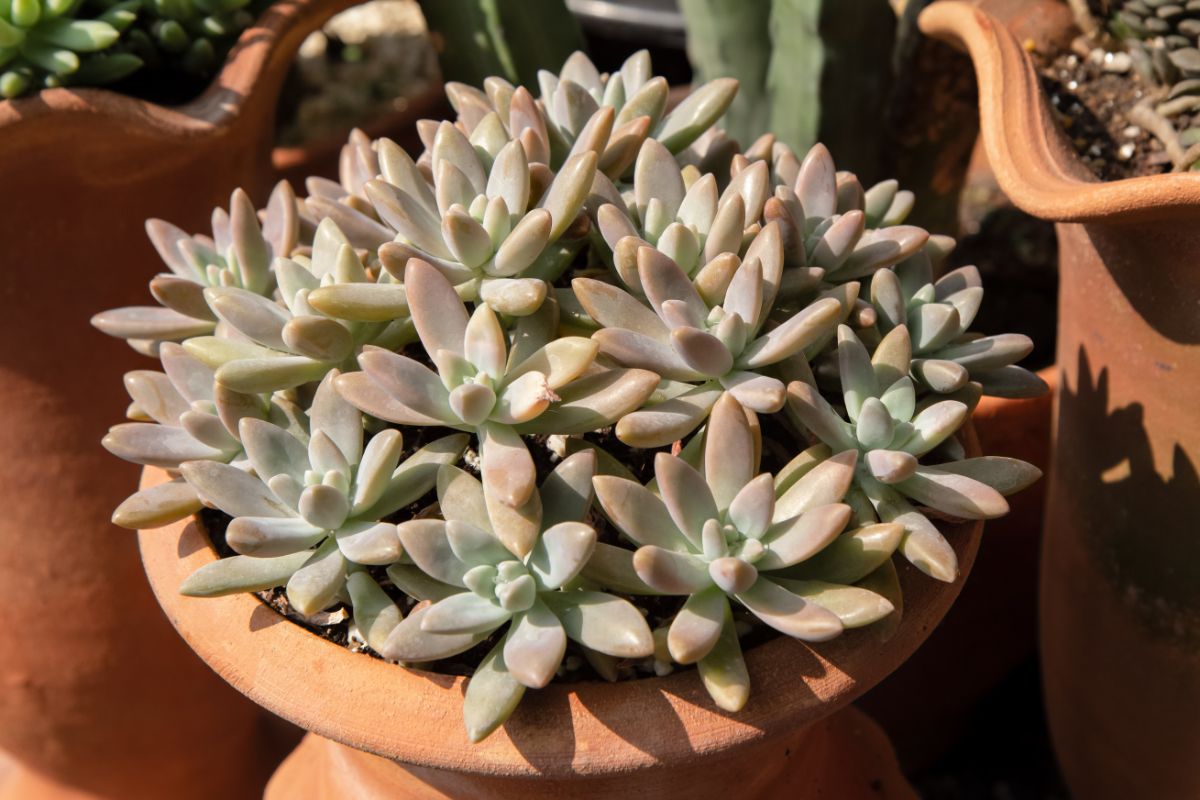
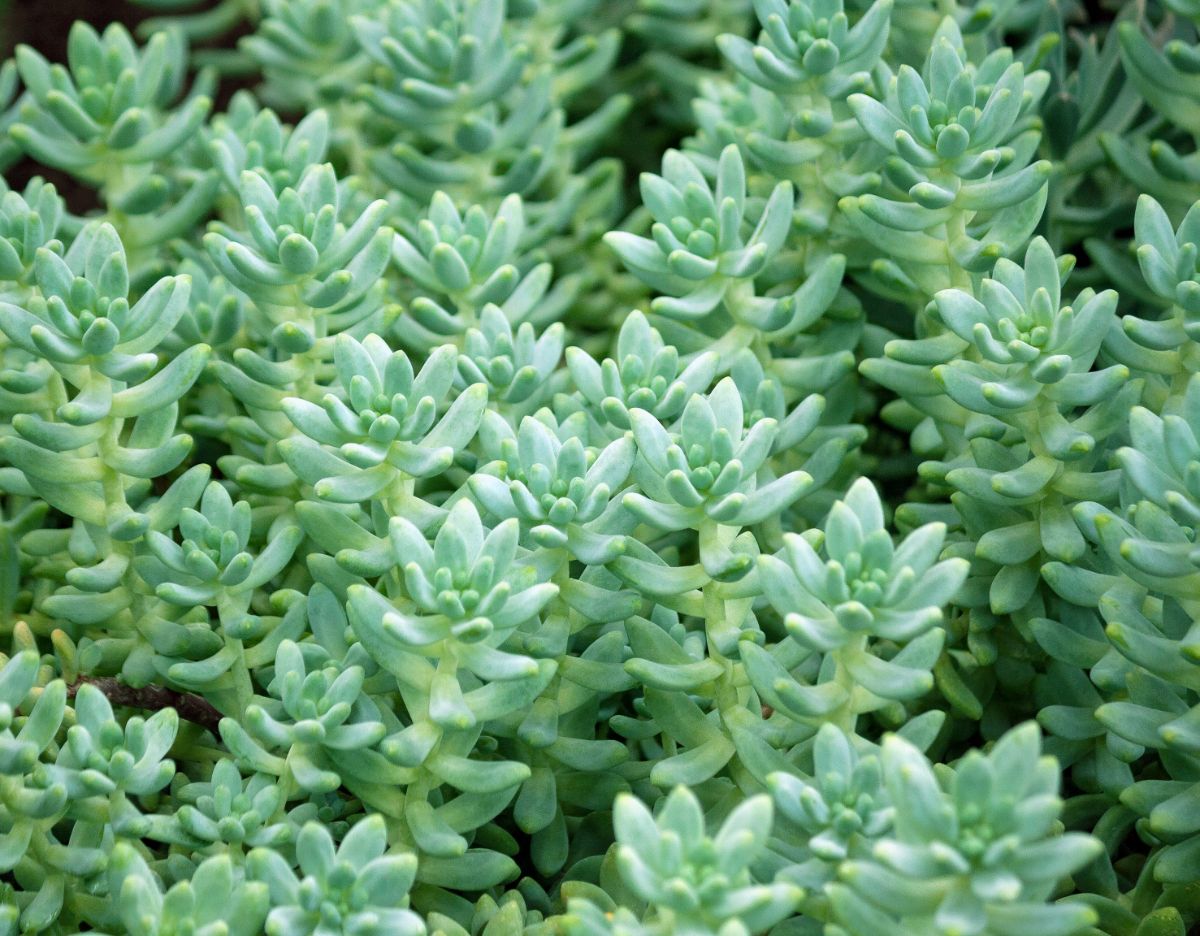
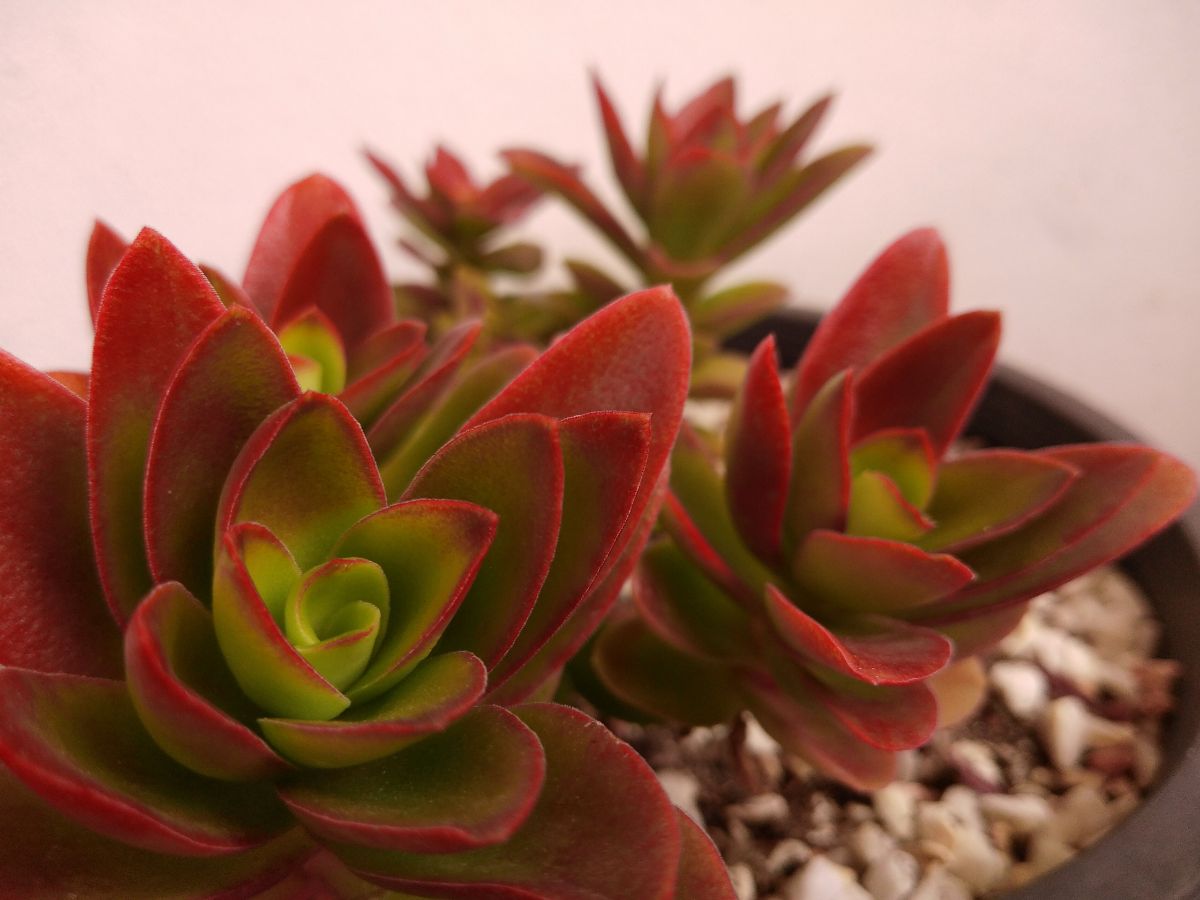
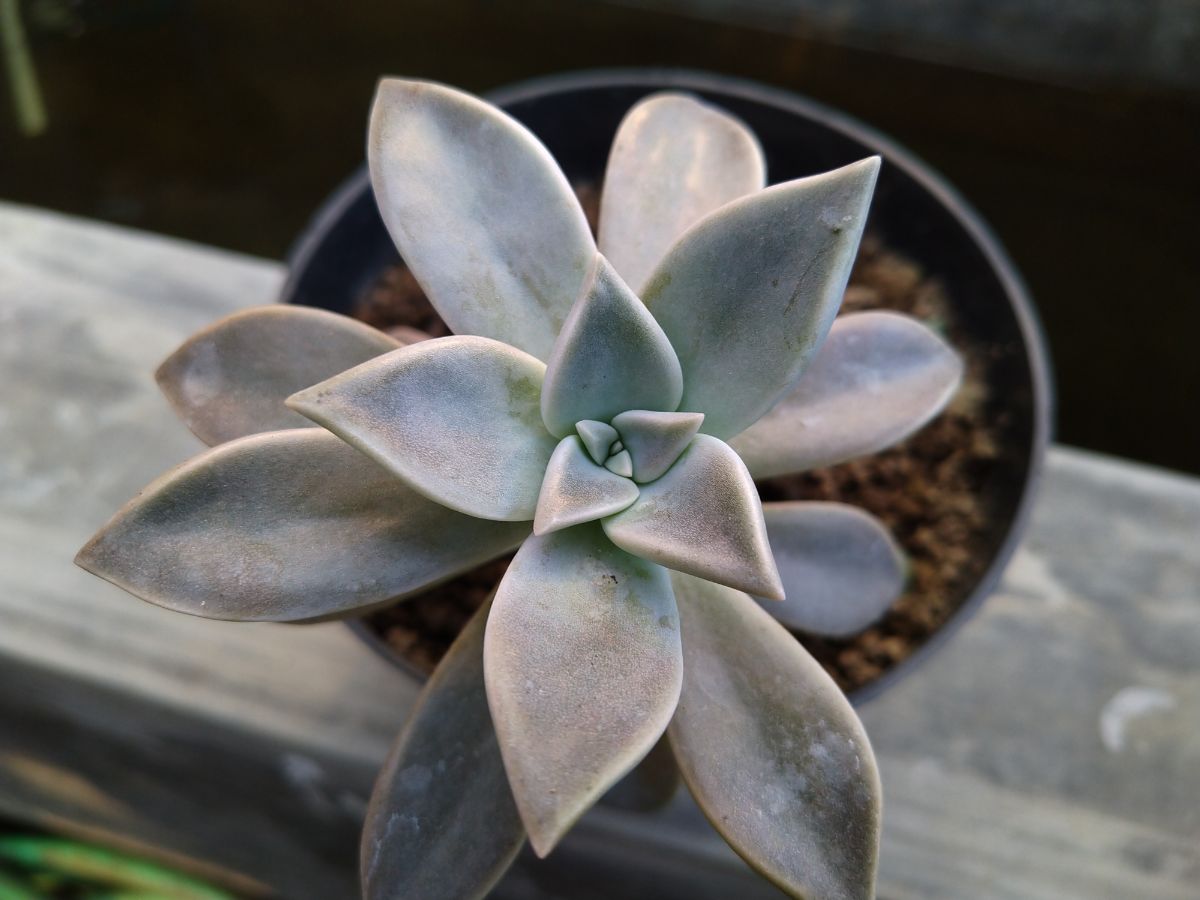
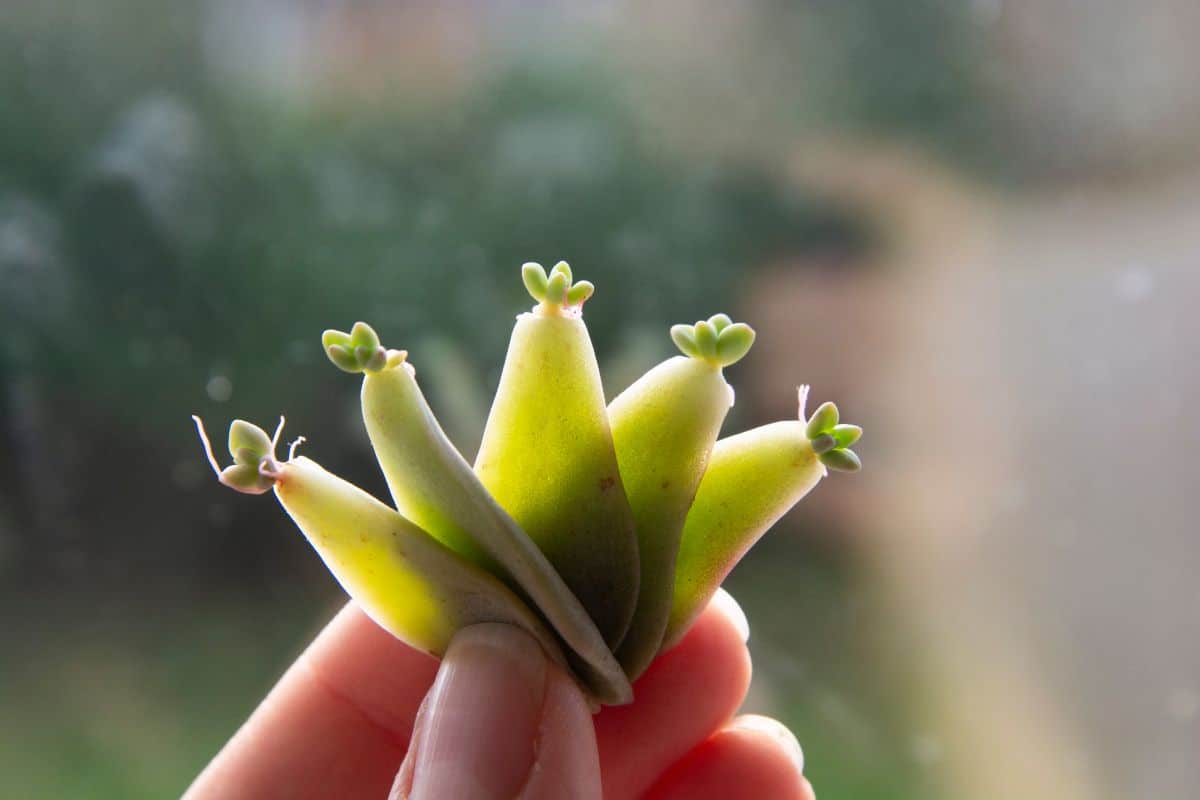
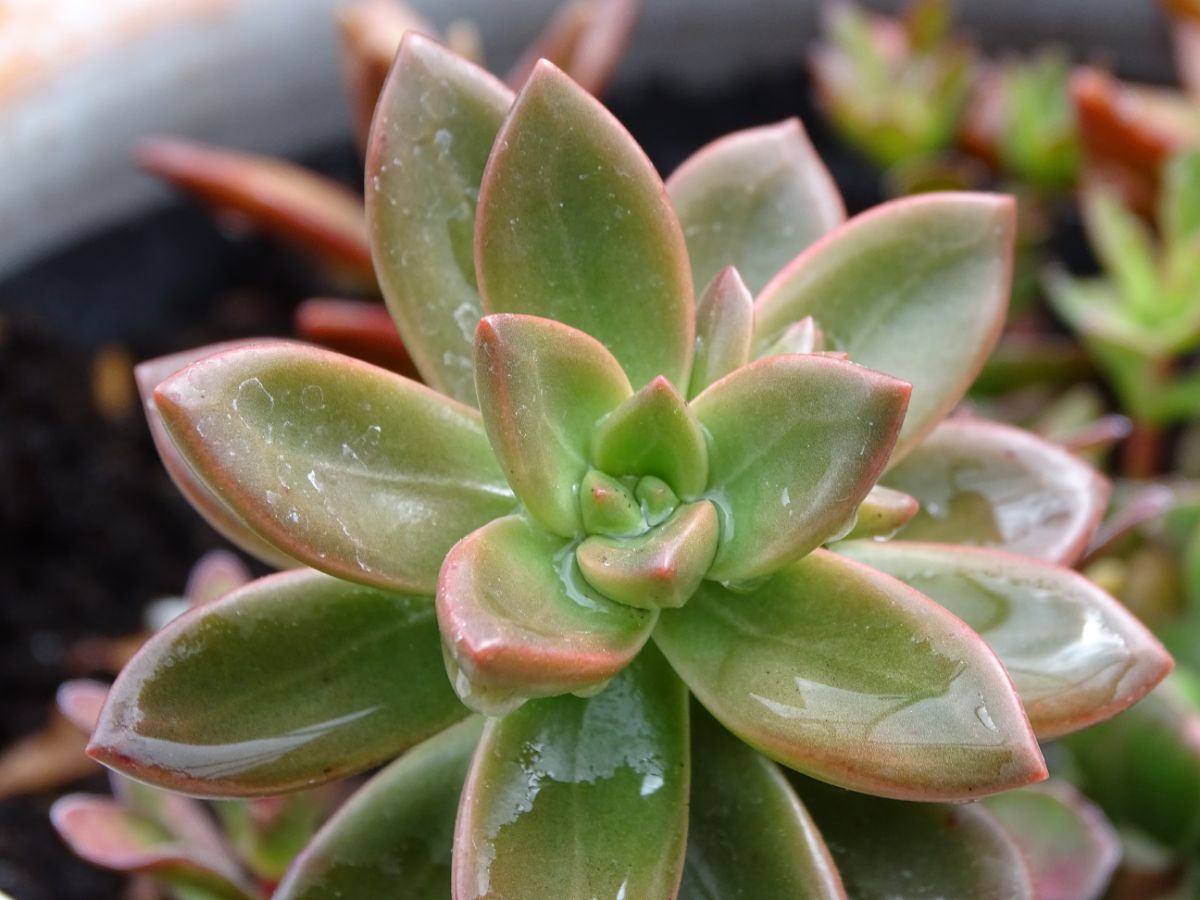
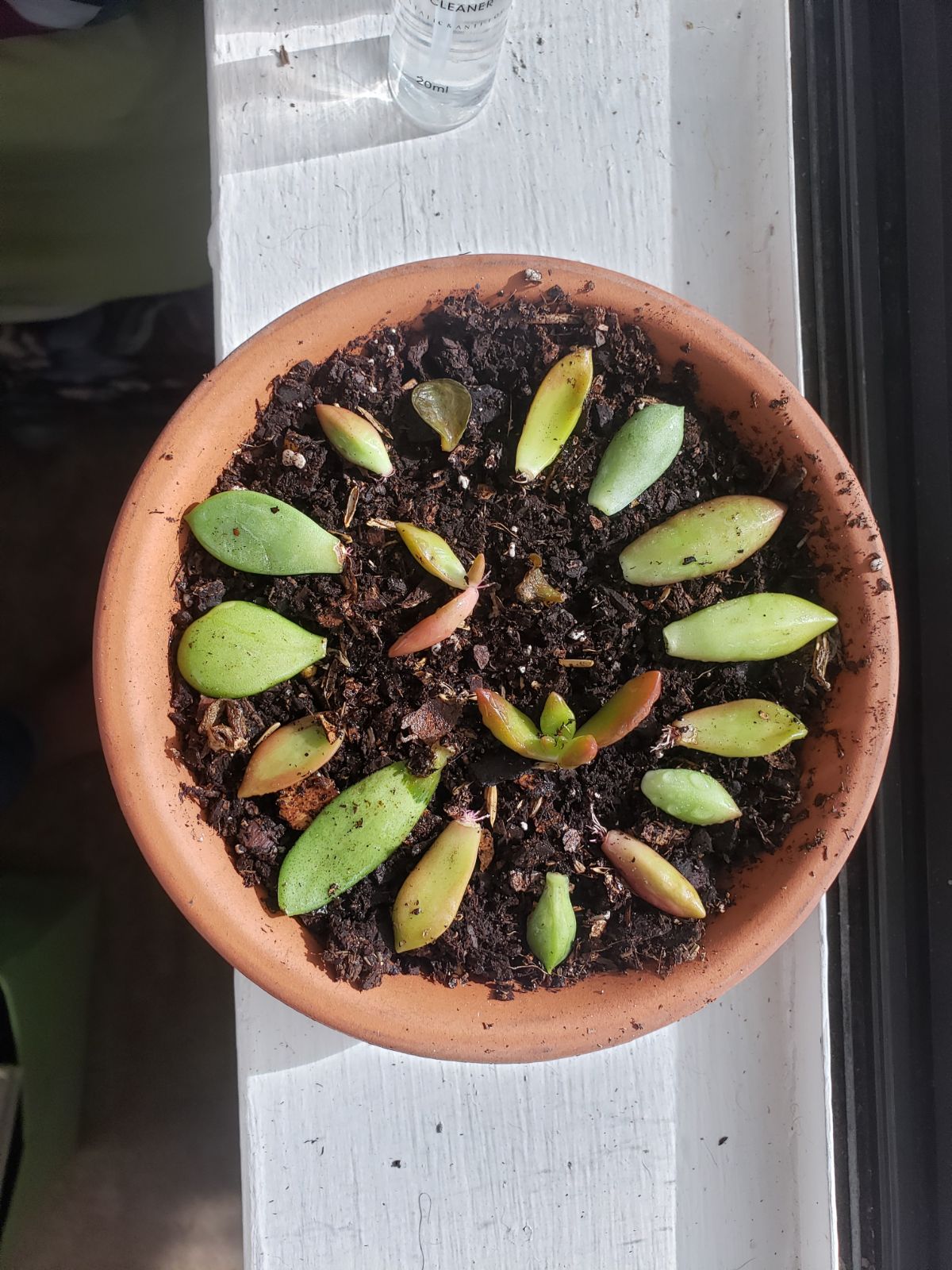
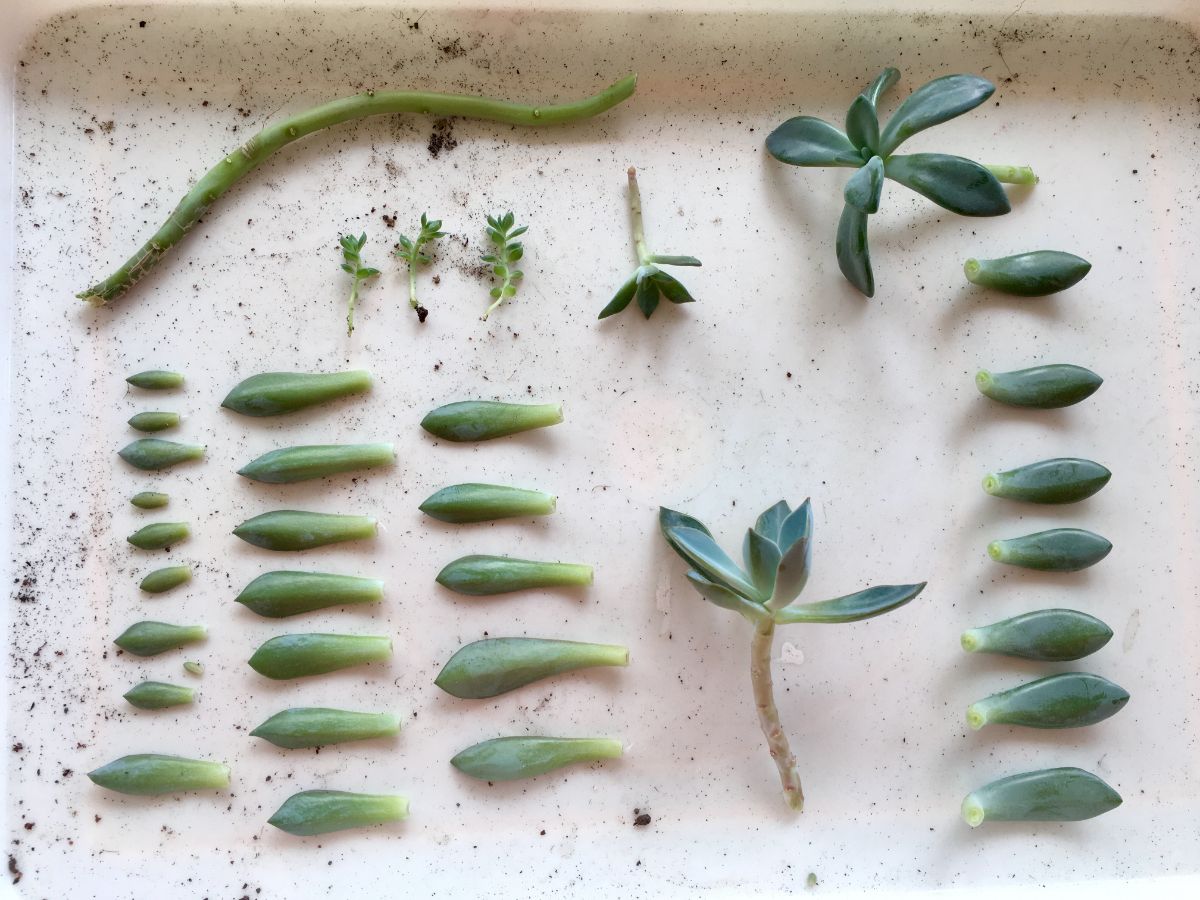
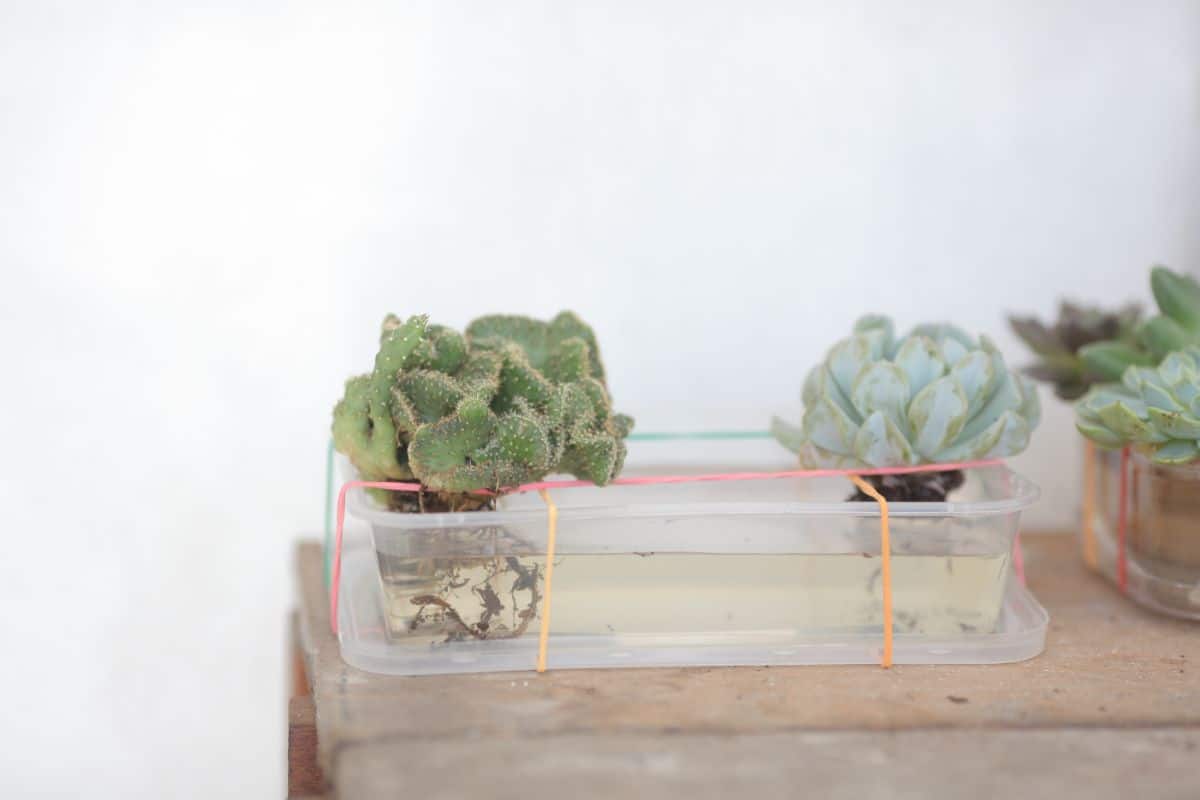
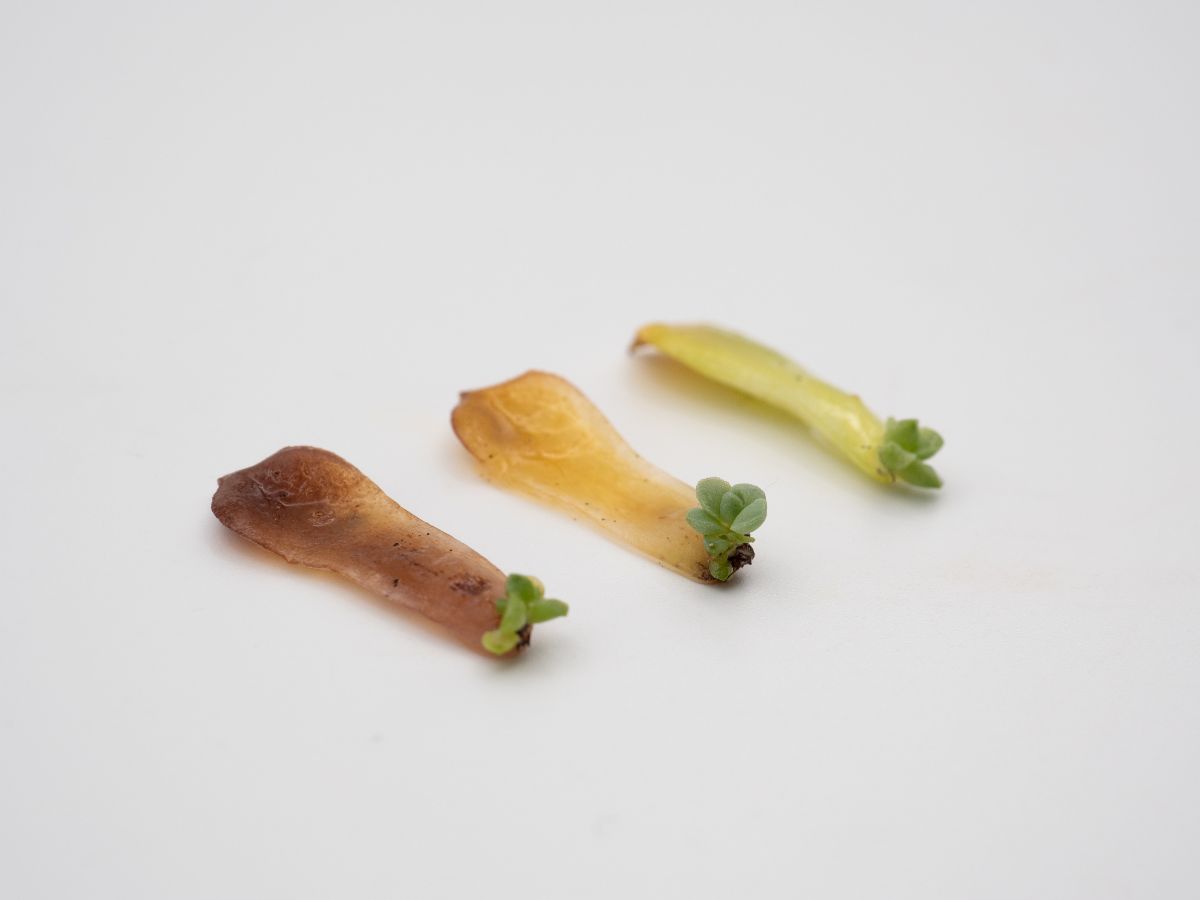
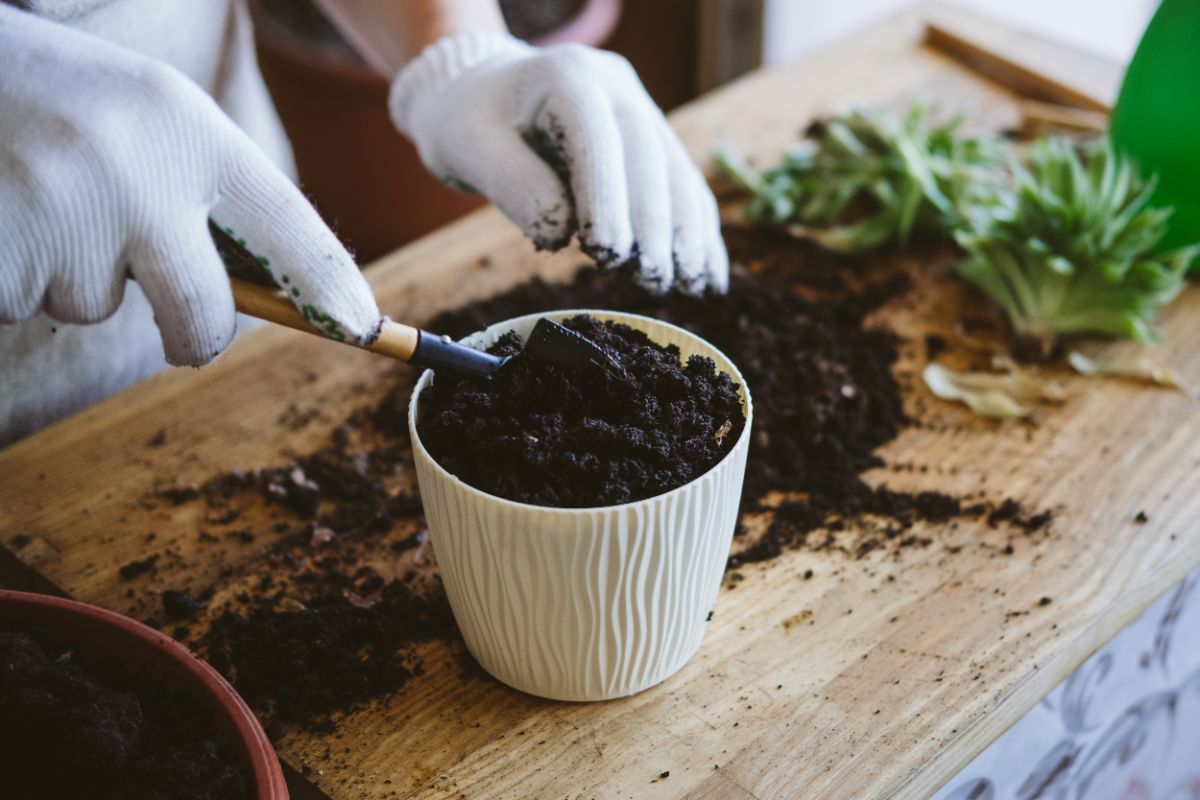
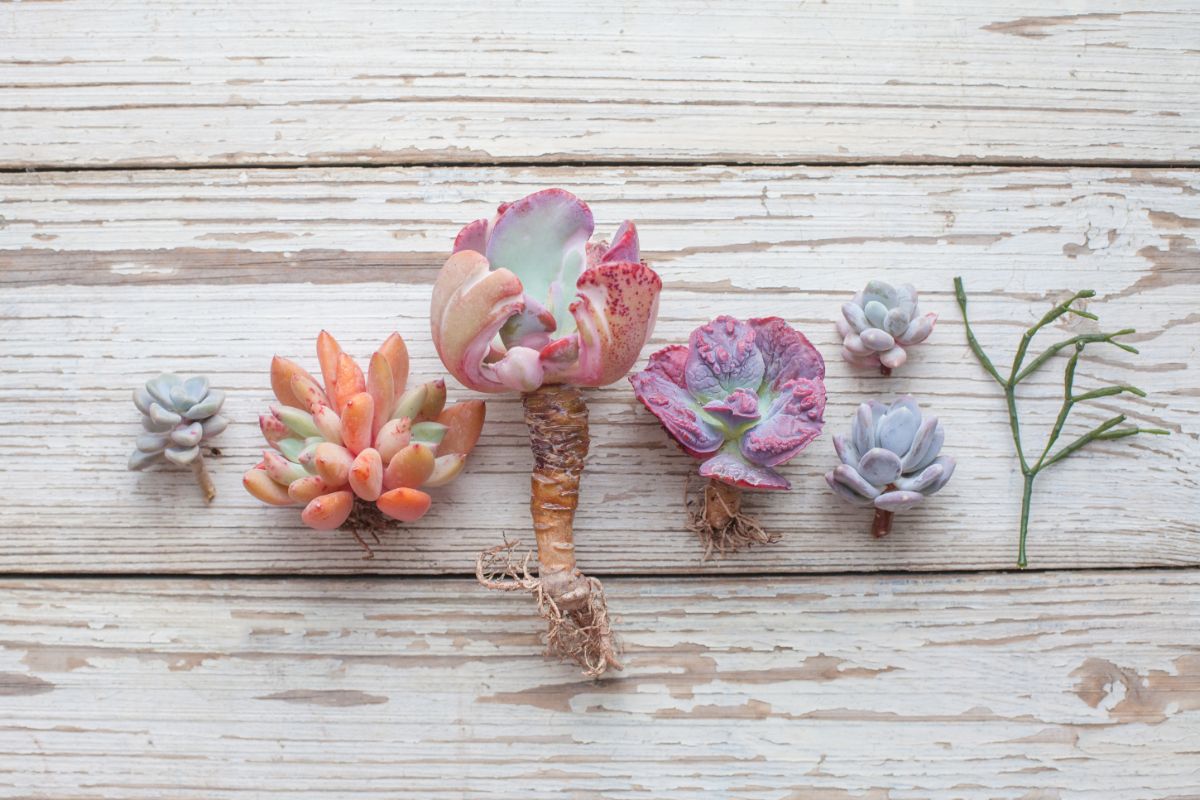
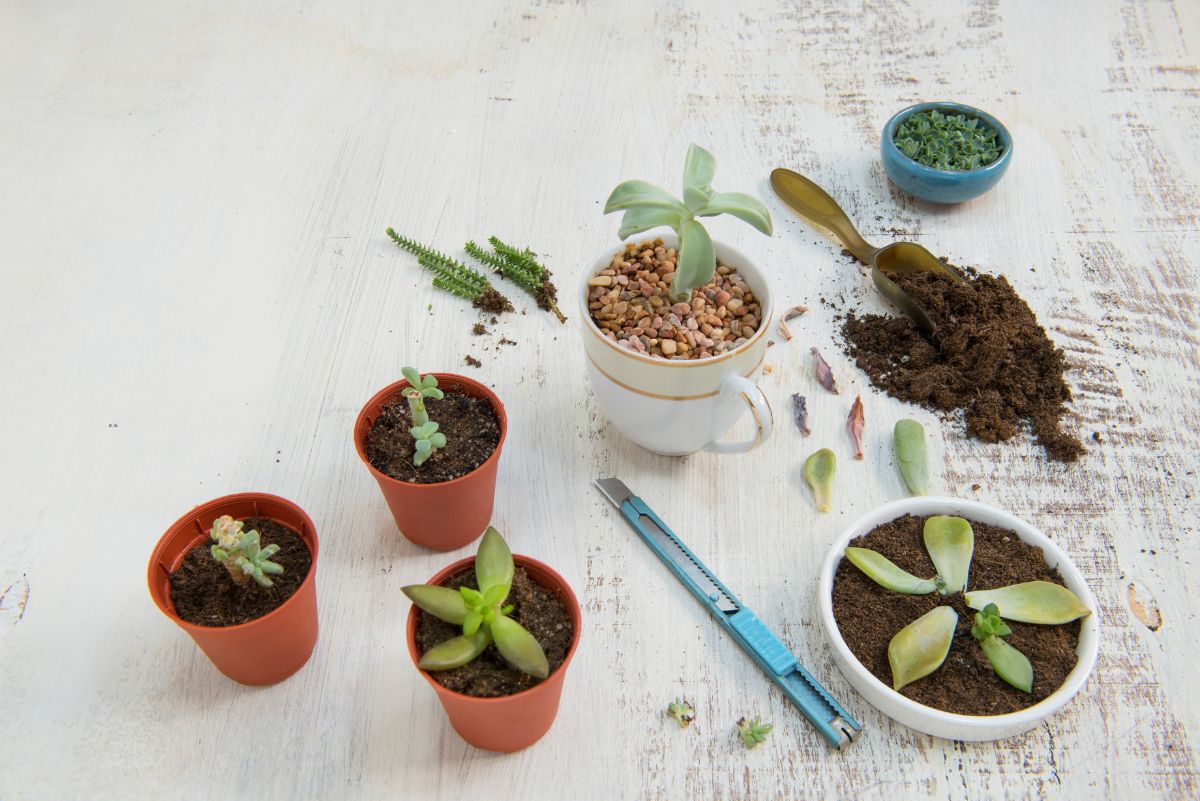
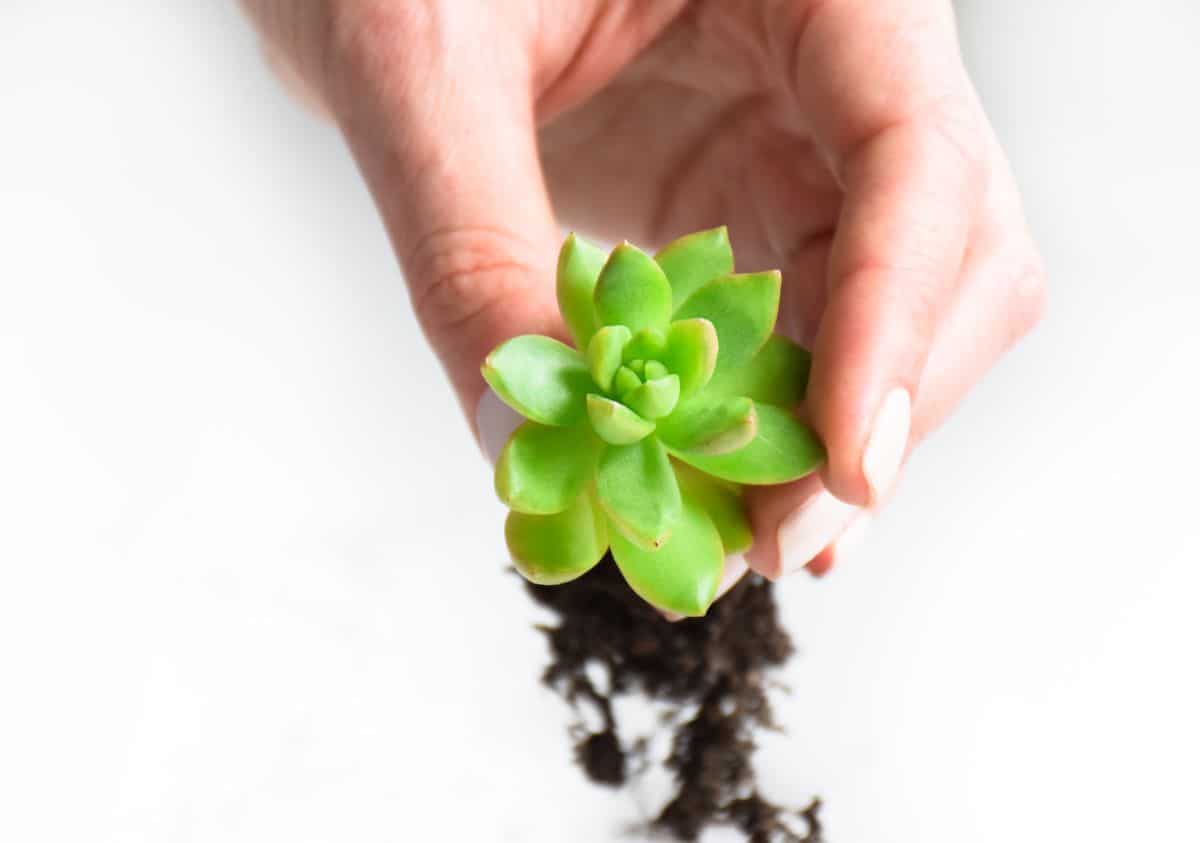
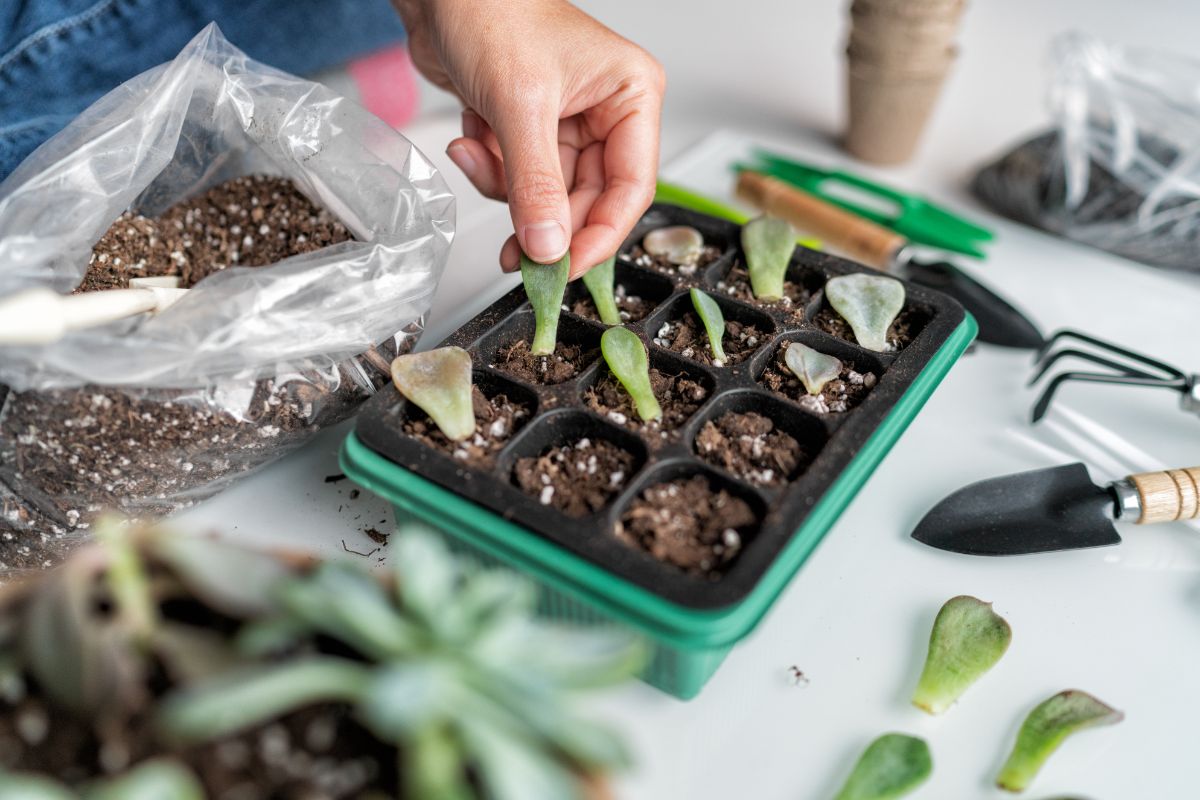
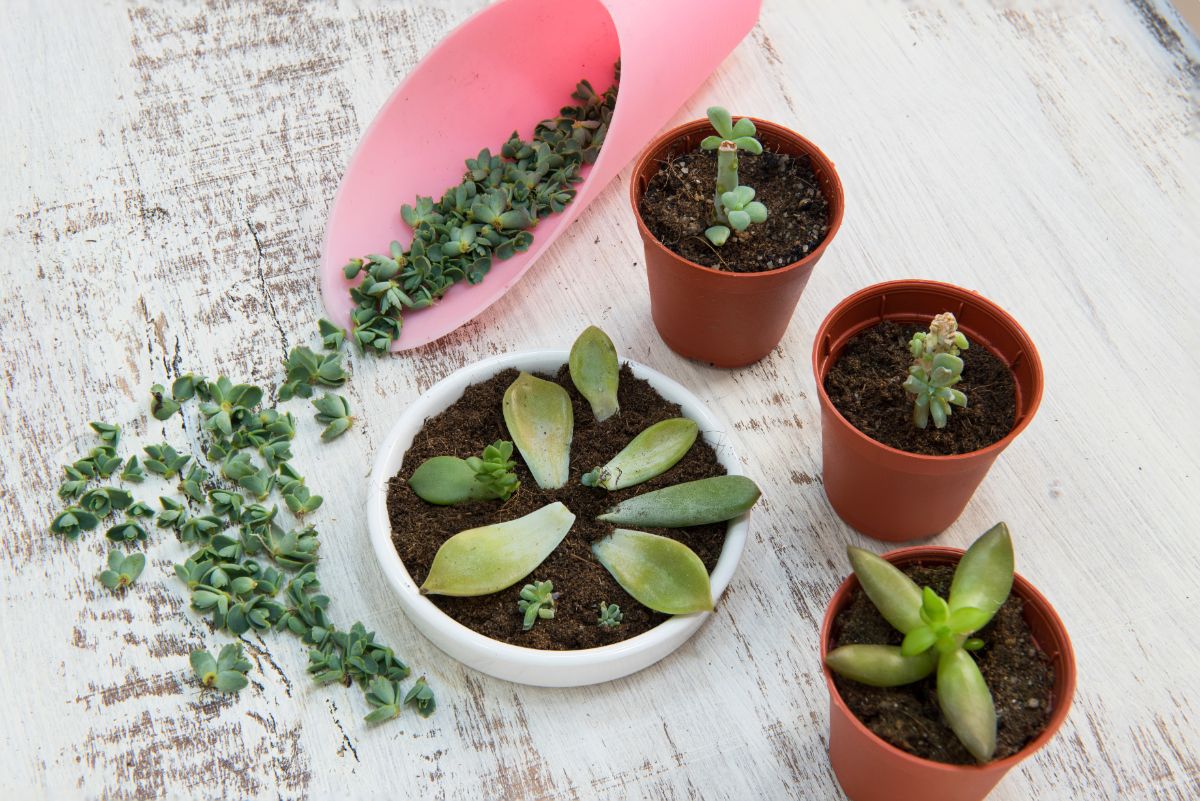




Sharmila
I am a self gardner.love your guidance, and an ardent follower too.